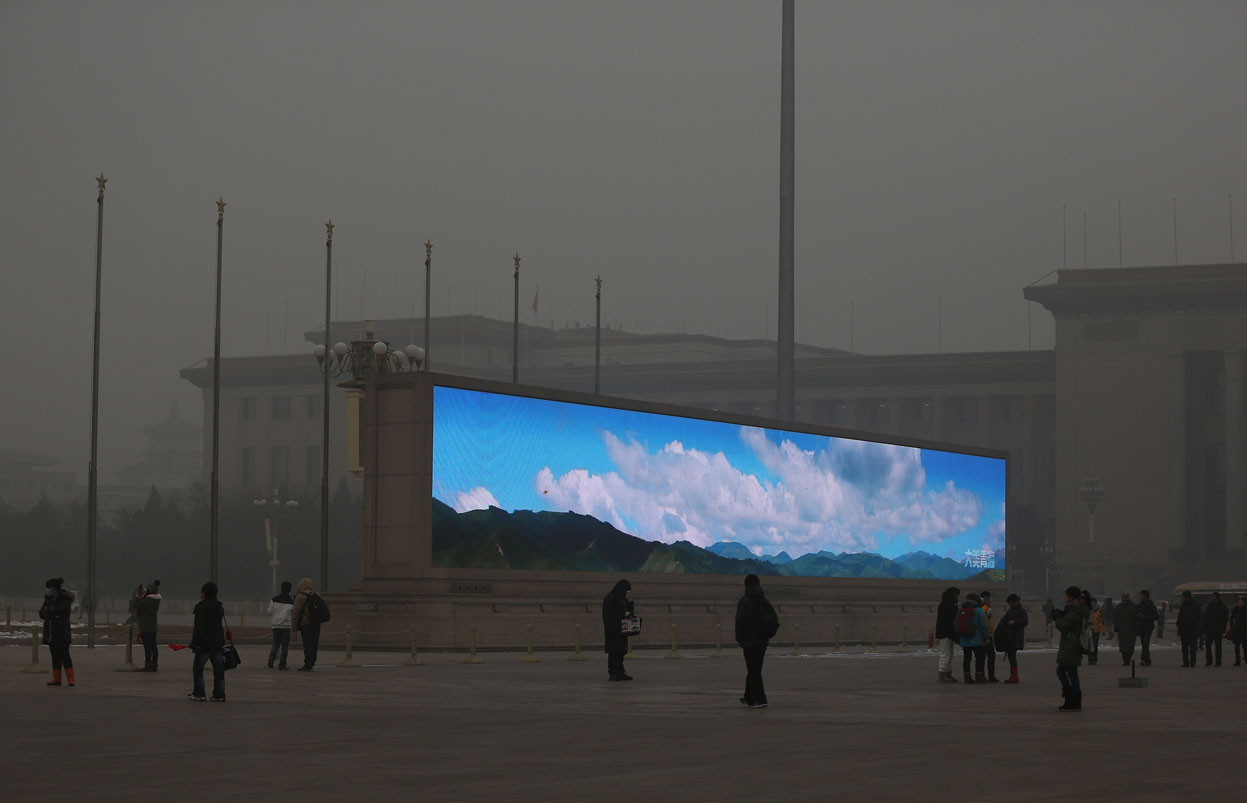“…for all!”
Last year I was fortunate to get to work with a new team of co-authors on a paper titled “Quantifying minimum mobility needs: the Who, the Where, and the Why.” The project afforded a little space to think about the concept of wellbeing, in particular how it relates to mobility, and to engage with some fascinating early literature on fundamental human needs.
This is a new kind of post for me, in which I'll share some commentary or spare thoughts on this paper. These are links and connections to other topics, authors, and ideas that didn't fit into the paper …
more ... Source:
Source: